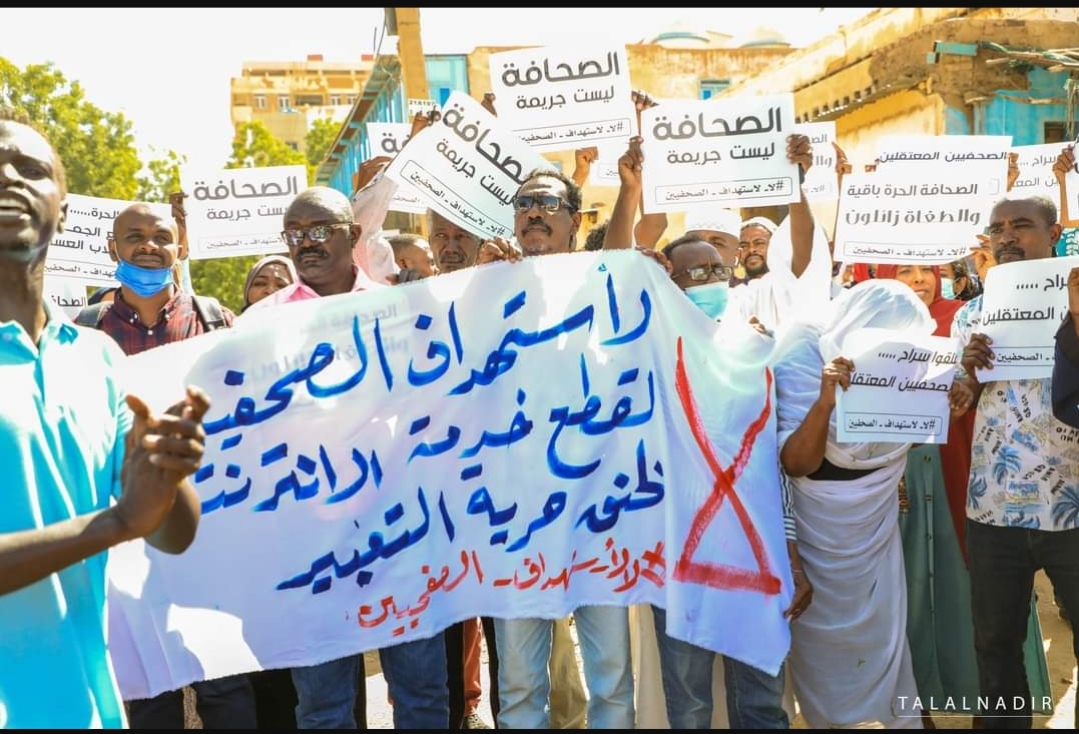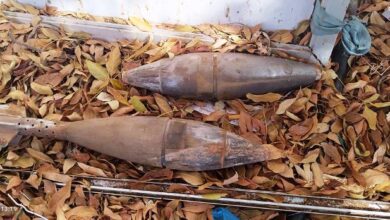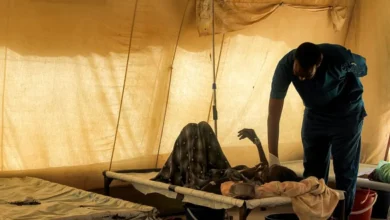Government Initiative to Revive Sudanese Press… Attempt at Recovery or Plan to Tame the Media?
Sudanese Media Forum

Khartoum, August 13, 2025 (Sudan Tribune) –
As a result of the war raging between the army and the Rapid Support Forces (RSF) since April 15, 2023, more than 20 print newspapers in Sudan have ceased publication, plunging the country into an information blackout and obscuring from the world the reality of what is happening in Sudan.
This shutdown was expected, given the massive destruction suffered by press institutions and printing presses operating from the capital, Khartoum. Amid this devastation, hundreds of male and female journalists found themselves displaced or seeking refuge abroad, while many were forced to abandon the profession and take up marginal jobs to support their families.
In this grim context, the government is now planning to resume the publication of newspapers.
Well-informed sources told Sudan Tribune that the Khartoum State government has already begun practical preparations to resume newspaper printing.
According to the sources, meetings were held in July between a newspaper distributor appointed by the authorities and several publishers, with Al-Tayar newspaper, owned by Osman Mirghani, among the first to express readiness to return.
The outbreak of the war was a surprise to everyone — readers, publishers, and editors-in-chief alike.
That morning, newspapers came out with front-page headlines reflecting last-minute efforts to defuse the crisis, such as “Jibril, Minawi, and Agar Lead Mediation Efforts” and “International Community Expresses Concern over Military Escalation.”
Ironically, these very headlines served as evidence that the specter of war was already looming over the country.
From Pens to Pavements… A Humanitarian Catastrophe in Numbers
Walid Al-Nour, Secretary of Social Affairs in the Sudanese Journalists Syndicate, painted a bleak picture in figures, telling Sudan Tribune that all media institutions — including 26 print newspapers and 5 printing presses — stopped operating from the very first day of the war.
He explained that out of 1,500 journalists in the private and public sectors, 90% were unemployed by August 2025.
“Only 10% of journalists remain in work, while everyone has lost their savings. Some have turned to street vending or other odd jobs to sustain their families,” he said.
Al-Nour noted that just 5% of journalists — mostly those working for TV channels and international news agencies — continue to receive regular salaries. He sharply criticized the lack of attention from both press institutions and international bodies toward Sudanese journalists, whether in terms of protection or support, compared to their counterparts in other conflict zones worldwide.
“The issues and suffering of Sudanese journalists have not been covered in the media in a way that reflects the true scale of the disaster,” he added.
Heavy Losses and Hopes for a Return
Osman Mirghani, Editor-in-Chief of Al-Tayar, pointed out that before the December 2018 revolution, the number of print newspapers in Sudan was close to 40, covering a variety of topics.
Speaking to Sudan Tribune, he said that after the war, the media landscape shifted to the online space, albeit with mixed results — some online newspapers are run by a single person using a mobile phone, while others, like Al-Tayar, have preserved their professional structure, staff, and daily editorial meetings.
Mirghani revealed that Al-Tayar alone suffered financial losses of around $400,000 due to the complete destruction of its headquarters and the looting of all its equipment, including modern cameras and broadcasting gear imported just weeks before the war.
Despite this, he remains optimistic about returning to print, telling Sudan Tribune that the army owns a printing press that needs only minor repairs to operate again, another press in Bahri is ready, and the distribution company is in place.
“We’ve begun preparations to resume print publication,” he said.
Government Plan to Bring Newspapers Back to the Presses
Government reports indicate that newspaper headquarters were not structurally damaged despite being looted, and that the Bekka and CTP printing presses have been prepared for operation.
Sudan Tribune learned that Al-Tayar’s Editor-in-Chief and owner, Osman Mirghani, along with former Journalists Union president Al-Sadiq Al-Rizigi, have been tasked with coordinating the return.
Authorities also confirmed they have prepared printing paper and requested publishers to submit lists of their working journalists.
Challenges to the Return… Fears of State-Controlled Media
However, Ashraf Abdelaziz, Editor-in-Chief of Al-Jareeda, believes such a return is nearly impossible under current conditions.
He warned in remarks to Sudan Tribune that any government assistance would come at a heavy price — the erosion of press independence.
The greatest danger, Abdelaziz said, lies in the possibility of the government paying journalists’ salaries.
“If the government pays, it will certainly want to influence the newspapers to serve its agenda… This could turn most newspapers into platforms for spreading hate and supporting the war camp, undermining their core role of enlightening the public,” he warned.
Abdelaziz stressed that the current crisis has exceeded all previous ones — the war has not only halted newspapers but “destroyed their infrastructure entirely; their offices were looted, equipment stolen, and even printing press metal sold as scrap.”
Even the few newspapers that have managed to survive online — such as Al-Jareeda, Al-Sudani, and Al-Tayar — are operating with extremely limited capacity.
Fundamental Questions Awaiting Answers
For his part, Sudanese Journalists Syndicate president Abdelmonem Abu Idris supports the principle of reviving any media institution that would restore journalists to their jobs, but in remarks to Sudan Tribune, he posed fundamental questions left unanswered by the government’s initiative:
“Will the government or the private sector fund these newspapers? And on what basis will new work relations and contracts be established with journalists whose professional lives have been destroyed?”
He concluded by stressing the magnitude of the challenge, reminding that newspaper and media offices were among the first casualties of the war, suffering up to 90% destruction and looting — making the question of how a return could happen both open-ended and complate.
This piece is published by the Sudanese Media Forum and member institutions, based on material prepared by Sudan Tribune, to examine the feasibility of resuming newspaper publication through a government initiative, and whether this makes sense given the destruction of press infrastructure and the displacement, killing, and loss suffered by journalists as a result of the ongoing war — and to what extent such a step would impact the independence and professionalism of the press.




